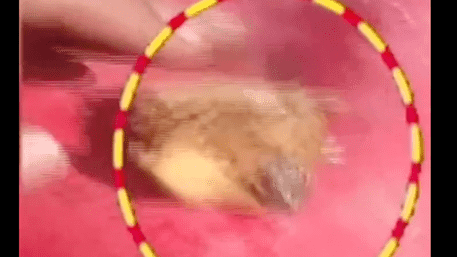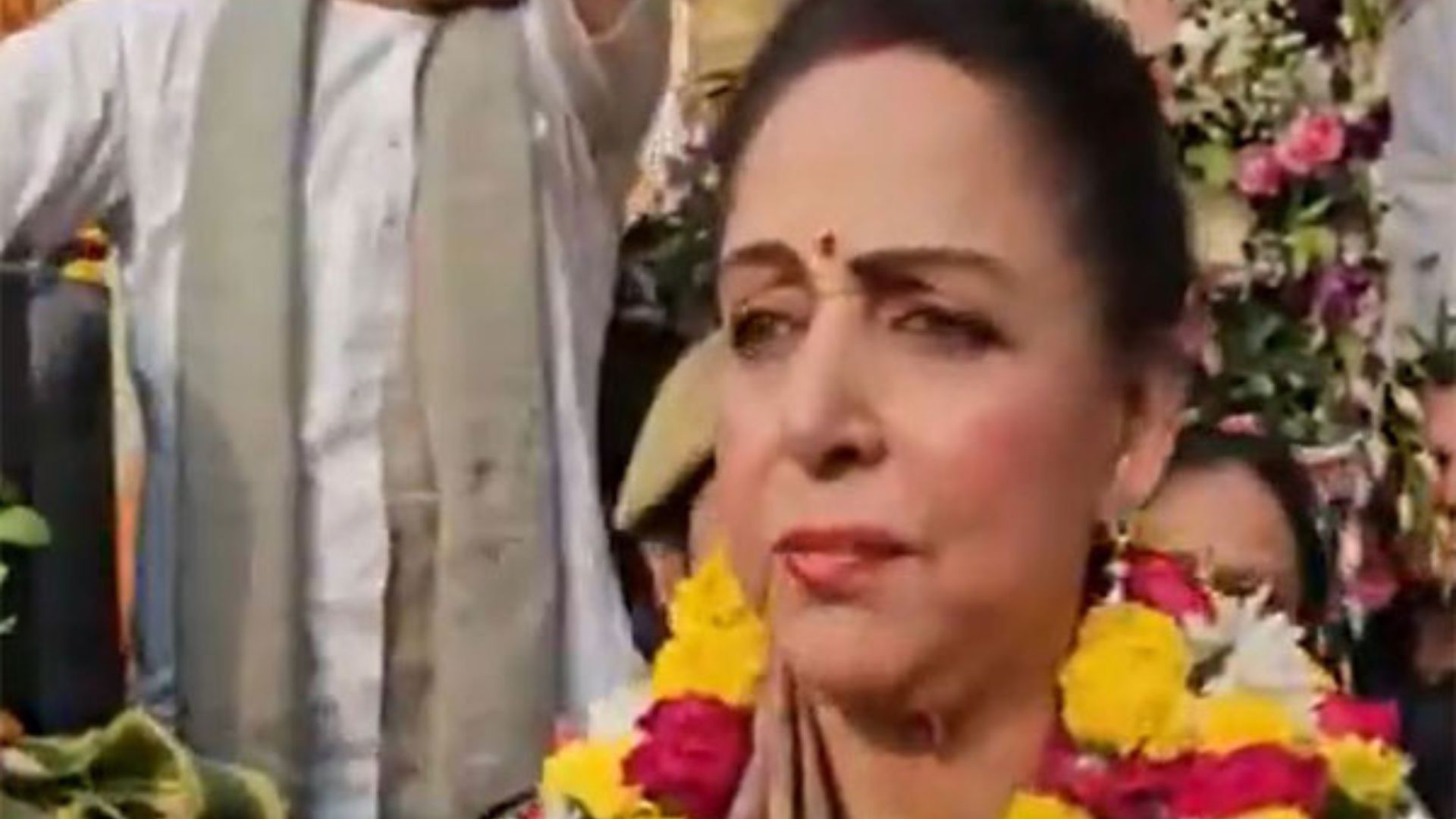
The visual narrative serves as a constant reminder that the Constitution is not merely a document, but a living dialogue, one that invites us to participate, to interpret, and to contribute to the ongoing story of India’s democracy.
The Indian Constitution, adopted in 1950, is more than just a legal document. It is a living testament to the dreams and aspirations of a newly independent nation, a blueprint for a diverse and vibrant democracy. But within its pages lies another layer of storytelling, not woven with words, but with intricate pictures. These illustrations, adorning the original copy of the Constitution, offer a unique window into the values, symbols, and cultural ethos that underpinned the founding principles of the republic.
A Fusion of Traditions
The artwork decorating the Constitution is a fascinating blend of artistic traditions. The horizontal format of the drawings draws inspiration from ancient palm leaf miniatures of Bengal and South India, while the decorative borders echo the Mughal style prevalent in miniature paintings. This artistic confluence mirrors the rich tapestry of India itself, where diverse cultures and influences have come together to create a unique national identity.
Symbol of RamRajya
One of the most symbolic illustrations in the original Constitution is the depiction of Rama, Sita, and Lakshmana returning to Ayodhya after defeating Ravana in the epic Ramayana. This picture adorns the section on Fundamental Rights, sparking interpretations and discussions about its significance.
Its inclusion is manifestation of Rama Rajya, the ideal kingdom ruled by Rama, as a metaphor for a just and equitable society. They believe the image signifies the Constitution’s promise of fundamental rights to all citizens, mirroring Rama’s fair and righteous rule. The emphasis on family reunion further resonates with the importance of family life and communal harmony in Indian society.
Beyond Borders
Each part of the Constitution is accompanied by a specific illustration, symbolically reflecting its contents. For instance, the depiction of a hand holding a quill pen graces the section on Fundamental Rights, highlighting the importance of individual expression and the right to education. Similarly, the scales of justice adorn the chapter on the Judiciary, signifying the commitment to fairness and impartiality.
Echoes of History
The illustrations also pay homage to India’s rich history and cultural heritage. The iconic image of Rani Lakshmi Bai of Jhansi, the valiant freedom fighter, finds its place alongside mythological figures like Sita and Shivaji. These depictions serve as a reminder of the sacrifices and struggles that paved the way for India’s independence, and the values of courage, resilience, and self-determination that inspired the nation’s founding fathers.
Nature’s Tapestry
The landscape illustrations within the Constitution add another layer of meaning. The majestic mountains, flowing rivers, and verdant forests represent the geographical diversity of India. These images not only evoke a sense of national pride but also serve as a reminder of the importance of environmental protection and the need to ensure sustainable development for future generations.
A Bridge Between Past and Present
The artwork in the Indian Constitution not only reflects the aspirations of the past but also speaks to the challenges of the present. The illustration of a man and a woman standing side-by-side, each holding a book, symbolizes the commitment to gender equality and education. Similarly, the image of a farmer tilling the land highlights the importance of agriculture and rural development.
A Constant Dialogue
The pictures in the Indian Constitution are not simply decorative flourishes. They are an integral part of the document, sparking conversation and interpretation. They prompt us to go beyond the text and engage with the deeper meanings enshrined within the Constitution. They invite us to question, to analyze, and to reimagine the India we wish to build, all the while keeping the core values of the document at the heart of our national discourse.
Looking Ahead
The artwork in the Indian Constitution serves as a powerful reminder that the document is not a static entity but a living, breathing framework that can evolve and adapt with time. As India continues its journey towards a more just and equitable society, the pictures within the Constitution offer a source of inspiration and guidance. They remind us of the values we hold dear, the challenges we face, and the future we strive to create. By actively engaging with this visual narrative, we can ensure that the Indian Constitution remains not just a legal document but a vibrant canvas for a diverse and ever-evolving democracy.
Hence we can proudly say that the pictures in the Indian Constitution are more than just artistic embellishments. They are a silent language, telling stories of history, culture, and values. By deciphering their meaning, we gain a deeper understanding of the ideals that underpin the Indian republic and the aspirations that continue to guide the nation in its quest for a brighter future.
This visual narrative serves as a constant reminder that the Constitution is not merely a document, but a living dialogue, one that invites us to participate, to interpret, and to contribute to the ongoing story of India’s democracy.

The author is Assistant Professor, University of Rajasthan, Jaipur















